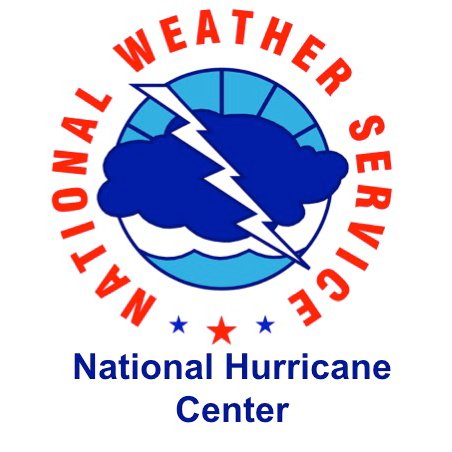Hurricane season technically lasts until December 1, but this is the peak of it, so keep paying attention.
Don’t be lulled by a quiet June and July. The real Atlantic hurricane season is about to kick off.
The hurricane season generally runs from June 1 to the end of November. But the next six weeks — “the season within a season” — is regularly the most dangerous and active time for storms to develop in the Atlantic, said Dennis Feltgen, spokesman for the National Hurricane Center in Miami.
Only two named storms have developed in the Atlantic so far this summer. Dry, dusty air from Africa’s Sahara robbed potential storms of moisture, and wind shear spurred by the El Nino climate systems ripped apart budding storms. Now, those brakes on hurricane development are gone.
The result: “A big change in the pattern over the Atlantic, going from a very lackluster quiet weather pattern to a much more active one,” said Dan Kottlowski, the lead hurricane forecaster at AccuWeather Inc. in State College, Pennsylvania. “We are thinking this season will be back-loaded.”
Last week, the U.S. National Weather Service forecast 10 to 17 named storms in the Atlantic. Last year, there were 15, including hurricanes Florence and Michael that killed a combined 96 people and caused more than $49 billion in damage. A storm is named when it reaches tropical storm strength, with maximum sustained winds of at least 74 miles per hour.
You know the drill by now. Tune in to Space City Weather and stay on top of what you need to know.

